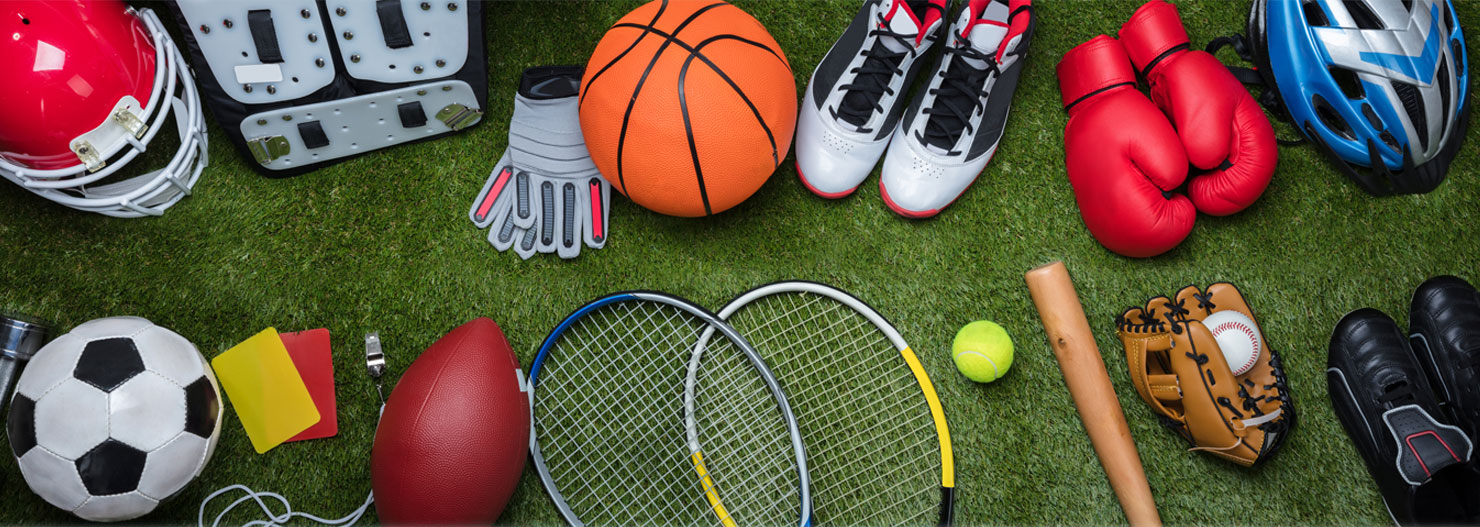A team sport includes any sports where individuals are organized into opposing Teams which compete to win. Team members act together towards a shared objective. This can be done in a number of ways such as outscoring the opposing team. Team members set goals, make decisions, communicate, manage conflict, and solve problems in a supportive, trusting atmosphere in order to accomplish their objectives. Examples are basketball, volleyball, rugby, water polo, handball, baseball, and the various forms of association football and hockey.

This course will review the basic organization and function of the human brain. Beginning with a review of nervous system organization, Central Nervous System (CNS), and Peripheral Nervous System (PNS), the course will quickly transition to a discussion of the cellular organization of the CNS and a review of major neurotransmitter systems. The majority of this course will be spent on major brain systems, the interconnections between these systems, and the key functions of these systems. By the end of the course, participants will be able to differentiate between cortical and subcortical structures and the major functions of these structures.